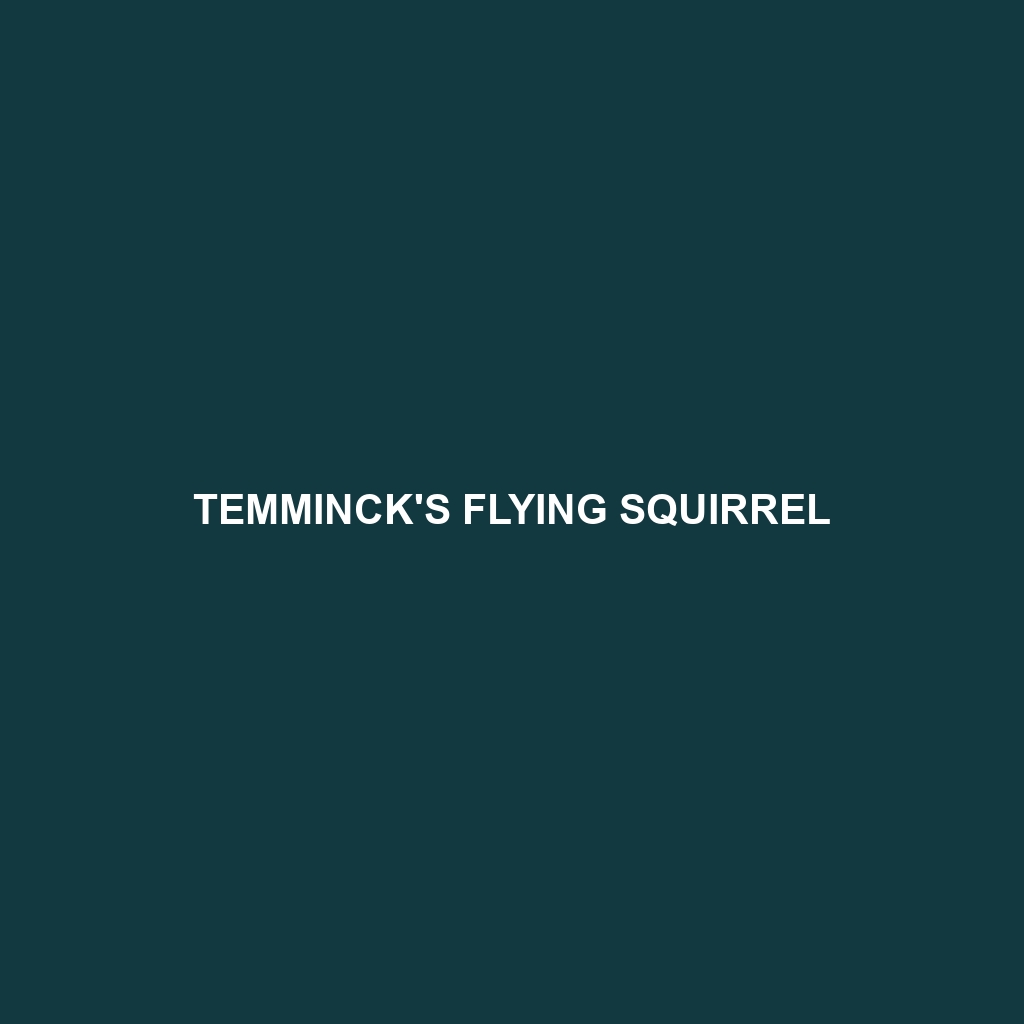Vordermann’s Flying Squirrel
Common Name: Vordermann’s Flying Squirrel
Scientific Name:
Habitat
Vordermann’s Flying Squirrel is primarily found in the dense, humid forests of Southeast Asia, particularly in regions such as the tropical jungles of Malaysia and areas in Indonesia. They thrive in environments with ample tree cover, as they require large trees for gliding and nesting.
Physical Characteristics
This species typically measures around 30 to 40 centimeters (12 to 16 inches) in length, including its bushy tail. Vordermann’s Flying Squirrel is recognized for its soft, dense fur, which ranges in color from grayish-brown to rich chestnut. Its large, expressive eyes are adapted for low-light conditions, and it has a distinctive patagium, a membrane that stretches from its forelimbs to its hind limbs, allowing for remarkable gliding capabilities.
Behavior
Vordermann’s Flying Squirrel is primarily nocturnal, becoming active at dusk. These arboreal creatures are excellent gliders and can travel distances of up to 150 meters (490 feet) between trees. With a social structure that often includes family groups, they communicate through a variety of vocalizations and body language. Their agility and gliding prowess are key to their survival in tree-dense habitats.
Diet
The diet of Vordermann’s Flying Squirrel consists mainly of fruits, nuts, seeds, and tree sap. They are particularly fond of tropical fruits, which can be abundant in their lush habitat. By feeding on these food sources, they play a significant role in seed dispersion, contributing to forest regeneration.
Reproduction
Vordermann’s Flying Squirrel typically breeds once a year, with mating occurring during the wet season. After a gestation period of about 45 days, females give birth to one to three offspring. The young are born altricial and require maternal care for several weeks before becoming independent.
Conservation Status
Currently, Vordermann’s Flying Squirrel is listed as vulnerable due to habitat loss and fragmentation from logging and agricultural expansion. Conservation efforts are essential to ensure the survival of this unique species.
Interesting Facts
- Vordermann’s Flying Squirrel can glide rather than fly, utilizing its patagium to navigate through the forest canopy.
- They have keen spatial memory, which allows them to navigate their arboreal environment effectively.
Role in Ecosystem
Vordermann’s Flying Squirrel plays a critical role in its ecosystem by aiding in the dispersal of seeds through its diet. As they consume fruits and nuts, they help to foster plant diversity and maintain ecological balance within their forest habitats. Their presence indicates a healthy forest ecosystem, which is essential for various other species.
